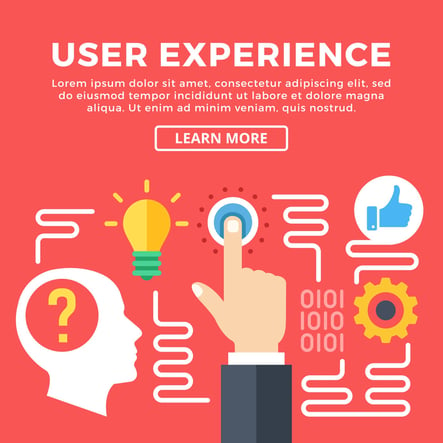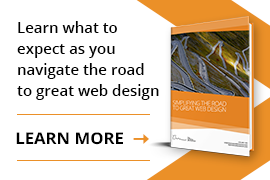Optimization, usability and user experience are some of the hottest trending topics in web design right now. With daily breakouts of new start-ups and increasing competition in every corner of the web, making your website accessible to a broad market has never been more important. With that in mind, there are some basic tips that can help you ensure that your website is optimized and user-friendly in order to avoid the dreaded rise of bounce rates.

Approaches to Web Design
There are a number of design considerations that come to the table during the early phases of your launch. It’s important to keep mind that while aesthetics, branding and other concerns are valuable to the end-product, your website is ultimately a tool for your target market. This is why user-centered design is one of the best approaches to optimizing your website. At every stage of the design process, your team should be considering the end-user and engaging in real world testing to see just how well your website holds up to actual user navigation and usage. User Experience Design Research will also go a long way for optimization.
Content Placement
Research surrounding common browsing habits suggests that most users engage in F-shaped pattern reading. People are inclined to read across the first line of a website, quickly scan to the next and then begin scrolling downwards with their gaze along the vertical axis of the webpage. In terms of design considerations this highlights the importance of placement for commonly selected content. Text and objects outside of the F-pattern are likely to be looked over, so in both your webpage and dropdown menus, make sure to place important and highly selected content within the first two rows.
Consider the Casual Browser
Keep in mind that your average user is looking for a streamlined experience. People tend to gravitate towards the search bar, rather than researching your website. If there’s a simple shortcut to get what they want, they’re going to go for it. Also keep in mind that not all users are a fan of scrolling. Going back to F-shaped pattern reading, keeps your important content immediately visible for users navigating your site.
All said and done, one of the basic principles to help get you started is to cast a wide net. Assume that users are breezing through your webpage, accommodate casual browsing experiences and keep the browsing habits of the common user in mind throughout every stage of the design process. We would love to hear your thoughts on maximizing design and usability below!


